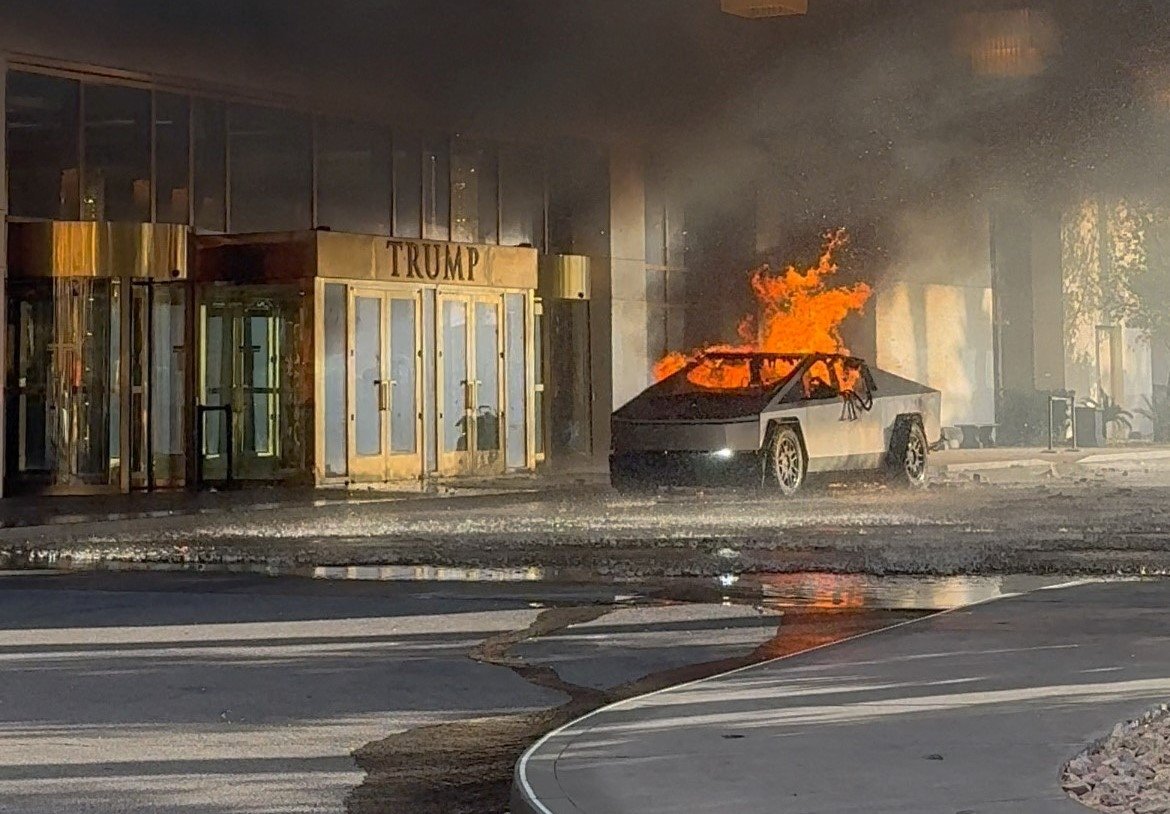In 2012, with the passing of the Smith-Mundt Modernization Act, the United States government was legally allowed to show State Department-made news to its citizens. In the fog of war, it is hard to distinguish between facts, misinformation and propaganda. Since Oct. 7, propaganda and misinformation from Hamas, Israel, citizens and potentially many other governments, has overrun social media. Major news outlets such as the New York Times have even fallen victim to propaganda during the Al-Ahli Arab Hospital bombing. It is important to learn the tools and skills needed to accurately and consistently identify misinformation, especially in the climate of war.
The most important step is to cross check information with other sources. It is important to look not only at different sources, but different perspectives, and in this case, countries. If the same or similar claims are being made across the board, chances are that they are real. This goes hand in hand with researching sources; the publication, their motives, funding, bias and the author. It is also smart to consider the context of the article, image, video or other source in the bigger picture. If it doesn’t make sense or seems fishy, it probably is.
Checking your own bias and looking at information critically is also vital in determining the validity of sources and information. Lots of news tries to trigger people into emotional responses. This limits the amount of critical thinking one uses and is especially effective when the information reinforces a pre-existing viewpoint of the reader. Assuming all information is false until proven true is an effective mantra when trying to assess the accuracy of information.
With the rise of AI image generation and the already popular art of photoshopping, images and videos are not always accurate. Many videos which claim to show footage of Israeli bombs exploding in civilian areas are not from the right time, day, year or place, and in some cases, are fake all together. Identifying the accuracy and context of images is a simple process, similar to the first. Using reverse image searching can help trace the history of an image, allowing users to see where it has been posted previously. By entering an image (or screenshot from a video) into Google, you can see everywhere it has been posted as well as similar images in some cases. Looking for obvious defects, such as extra fingers, water marks and time stamps will also provide easy insight.
While it is impossible to be 100 percent certain, using these tips can make identifying false information easier. Misinformation and misreporting will always exist. This is why reviewing the information at a later date is the last, and possibly most important tool. This makes sure that you see the information even after it has stopped coming out. Most news outlets also publish an erratum (correction) to inform readers of changes and corrections made after the initial publication.




